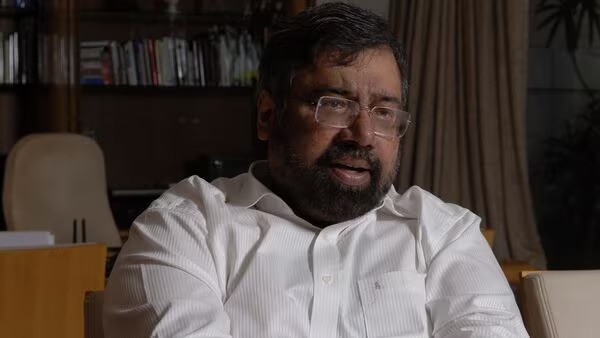Every year, CEO compensation of Indian IT firms makes big headlines. For a country with low per capita income, the astronomical figures paid to the top leaders of Indian IT services firms naturally create a debate. For FY25, annual reports of top IT firms have recently released. As per those reports, Infosys’ CEO- Salil Parekh has drawn home the most salary in FY25. Salil Parekh’s annual compensation increased by 22 per cent to Rs 80.6 crore during the last financial year. The CEO of the Bengaluru-headquartered company drew a variable pay of Rs 23.2 crore, compared to Rs 19.8 crore drawn in the previous fiscal year.
The increase in Parekh’s compensation came from exercise of RSUs (restricted stock units). As compared to Infosys, its larger peer TCS saw its CEO K Krithivasan took home a remuneration of Rs 26.52 crore in FY25. Wipro, another leading IT services company, saw its CEO, Srinivas Pallia, take home $6.2 million (around Rs 53.6 crore) during the same period. Such level of compensation has always been a matter of debate within the country. Many experts have raised questions over such high compensation when most of the mid and junior level employees are paid a fraction of such compensation.
No wonder, the median salary gap between the CEO compensation and average pay of workers has been rising for most Indian IT firms. It shows while top level leaders are drawing compensation, similar to their global counterparts; most others are still drawing salaries on Indian benchmark. Ironically, the salary of entry level jobs has been revised for more than a decade now. Most freshers onboarded by IT firms draw around Rs 3.6 lakh to Rs 4.5 lakh per annum. Time and again, such glaring disparity has been highlighted by industry leaders. However, things have not yet changed.
However, faster adoption of AI (artificial intelligence) is likely to disrupt the established compensation structure in coming years. Glimpses of this phenomena are already visible. The industry has seen increase in salaries of mid-level workers, especially tech talent with right skillsets. On one hand AI is making many job roles redundant through automation, but is also opening of job roles at better compensation due to high demand. Meanwhile, the adoption of AI is likely to make competition intensive for Indian IT services players, which have been traditionally following T&M (time and material) operating model.
Such shift is expected to make IT firms more cost conscious and more conservative in compensation of top executives. Moreover, as growth rates of IT firms come down (as seen in FY25), shareholders will raise tougher question to the board on high salary levels of CEOs and other key management personnel. Despite the astronomical figures paid to top CEOs of Indian IT firms, it has also to be seen in global context. Most global IT firms are paying similar compensation or even higher than what Indian IT firms to their top leaders. Unless Indian IT firms match the global standards, it will be difficult to attract and retain these top leaders. It is, therefore, desirable to make a balance between top leaders’ compensation and most other employees.




















